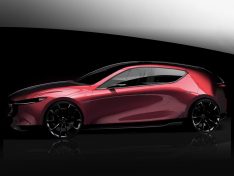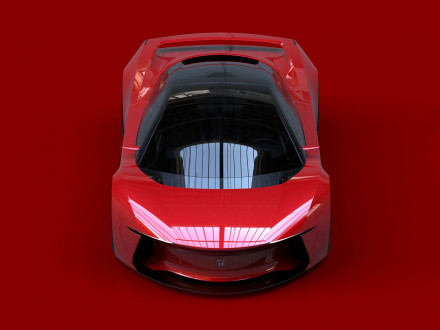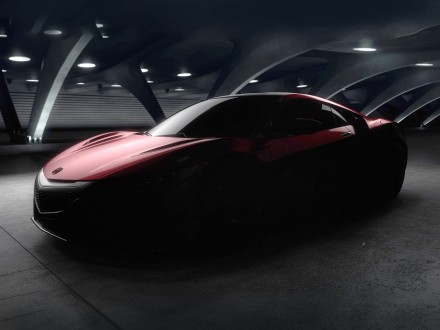One core concept employed in the new Honda NSXÂ development was ‘total airflow management’, to achieve high levels of downforce, minimize drag and enhance grip, stability and balance.
Thomas Ramsay, NSX Aerodynamics and Cooling Project Leader, explains: “In many ways, with the design of the all-new Honda NSX, you literally have form following function, so this was a really exciting vehicle to work on as an aerodynamicist.”
“To meet the challenge of the ambitious performance targets, innovative packaging design and dramatic styling, Honda’s engineers had to totally re-imagine the exterior engineering for this modern supercar.”
“This new ‘total airflow management’ strategy supports component cooling and aerodynamic performance while also contributing to even more dynamic styling.”
With the interrelated objectives of superior downforce and efficient cooling, Ramsay and his team sought to extract maximum benefit from the flow of air around and through the all-new NSX.
Using computational fluid dynamic (CFD) simulations and testing of 40 per cent scale models in Honda’s advanced wind tunnel facility in Ohio, the development team optimized the intricate body shapes. Surfaces, intake grilles and exhaust vents are shaped and proportioned to reduce aerodynamic drag, create downforce, maximize cooling and efficiently dissipate unwanted heat. The analysis was verified at Honda’s full-scale, moving ground plane wind tunnel in Tochigi, Japan.
Balancing downforce for optimal performance
The front-to-rear balance of downforce generated by the NSX’s exterior design was carefully tuned. An exhaustive research and development program determined that generating approximately three times as much downforce at the rear relative to the front of the car would provide the optimal downforce distribution for high-performance and day-to-day driving.
A rear diffuser works together with the rear spoiler and taillight slots to generate significant downforce and manage effectively the drag created by the aerodynamic wake generated behind the car. The NSX’s high level of downforce is accomplished without the need for active aerodynamic bodywork or other devices.
The airflow through the car’s front-end follows carefully optimized exit paths, which take into consideration total airflow, maximum downforce and a low coefficient of drag. This air is then deliberately manipulated when exiting in order to achieve a pre-determined downstream flow pattern to feed the mid-engine air inlets.
Vents specifically positioned to reduce turbulence and aerodynamic loss around the front wheels work in conjunction with front wing vents to stabilize airflow down the side of the car. These vents combine with the floating C-pillars to provide airflow to the signature side intakes, channelling it into the engine intake, engine bay, and turbo intercoolers. The side intakes are also designed to direct airflow over the rear deck to increase downforce.
Thermal management
As part of the total airflow management approach, the NSX’s exterior design also provides highly efficient thermal management required by its hybrid powertrain. There are seven different primary heat sources -the 3.5-litre V6 engine, two turbochargers, the nine-speed Dual Clutch Transmission (DCT), the Power Distribution Unit and the two motors within the Twin Motor Unit. To provide efficient cooling to each of these elements, airflow is managed through 10 different heat exchangers.
Openings at the front of the vehicle supply cooling airflow across the key heat exchangers located within the front section – front engine radiators, twin motor unit cooler, condenser, transmission gear cooler and hybrid Power Distribution Unit. Air flowing over the roof and down the rear hatch glass is captured to feed the transmission clutch cooler and further facilitate engine bay cooling.
This holistic approach significantly contributes to a supercar that faithfully translates the inputs of the driver with incredible fidelity and zero delay, while minimizing the driver’s workload. These qualities together define the New Sports eXperience.
(Source: Honda)




 share on Buffer
share on Buffer











Comments